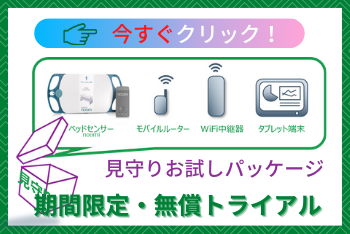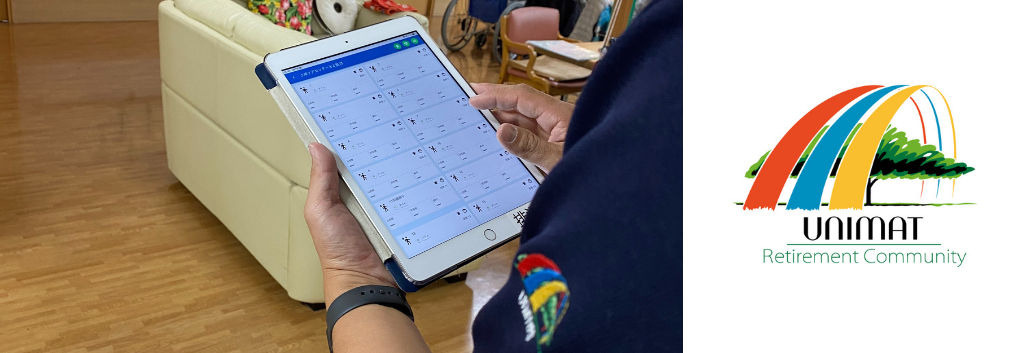
Unimat Retirement Community case study
Unimat Retirement Community has been jointly developing a monitoring system "AttentiveConnect" with Macnica since January 2019. The "AttentiveConnect" system was released in October last year and is capable of detecting breathing and body movements of users using bed sensors, predicting sudden abnormalities by analyzing the acquired vital data, and notifying users of how to cope with the situation. Mr. Tabito Okada, Director of Unimat Retirement Community's Business Management Division, spoke to us about the demonstration tests conducted to date, localization for Japan, and the direction the company is taking.
User profile
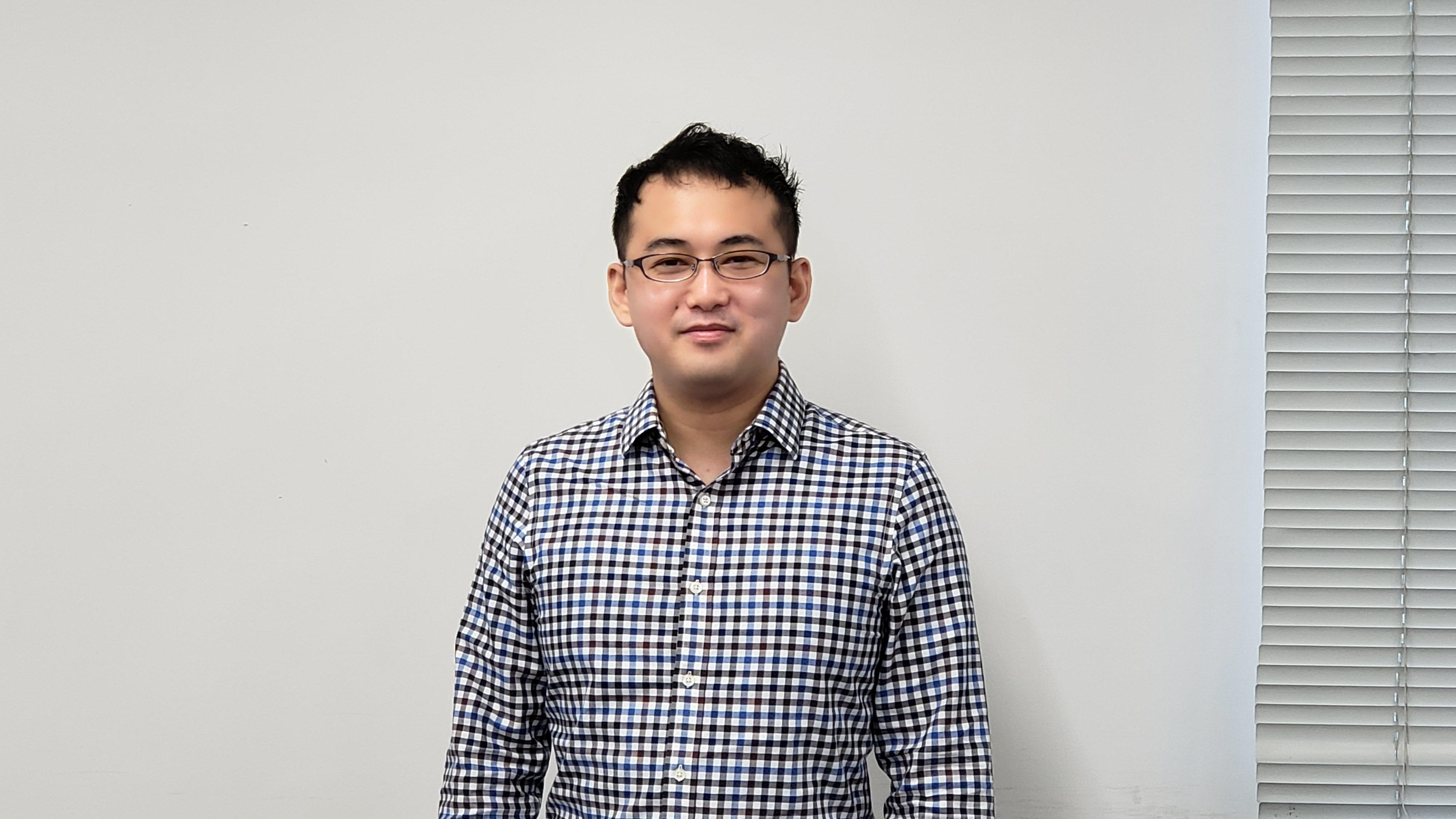
■Corporate information: Unimat Retirement Community Co., Ltd.
■ Interview: Business Management Headquarters Chief Tabito Okada
■ Business: Day service, group home, short stay, home-visit nursing care, small-scale multi-functional in-home nursing care, in-home nursing care support business, fee-based nursing home, operation of elderly housing with services, etc. Developed under the Soyokaze brand (310 bases, 639 service offices: as of the end of August 2020)
point

interview
Task
As a first step towards the realization of scientific nursing care, in addition to reducing the work burden on staff through a monitoring system, we also considered reducing the mental burden.
Staffing at night was particularly severe, and preparations were made for emergencies, so the night shift workers were under heavy pressure, and the mental hurdle was quite high.
What triggered the joint development?
After considering systems from dozens of manufacturers and considering potential partners, we found Macnica to be a good choice in terms of price range and sensor accuracy. AttentiveConnect is a sensor and system made overseas, but we also appreciated the fact that it has a strong intention to collaborate with domestic manufacturers, and that it could lead to the creation of a system platform.
About evaluation details
In terms of "accurate data collection based on evidence," which the Company emphasizes, AttentiveConnect was highly evaluated for its already being used by overseas medical institutions. The bed sensor used in AttentiveConnect, Early Sense's "Numi" was originally used in terminal care. the Company believe that we will be able to collect the data we want and that evidence-based care will be possible.
Difficulties in joint development
Since it was made overseas, it was necessary to configure the equipment for localization. For example, there was a problem that certain frequencies were picked up as noise in Japan, which would not be a problem overseas because there are wheels on the bed. In addition, it was difficult to obtain the understanding of the people on the ground during the introduction, and to find a method of introduction that avoided contact during the COVID-19 crisis as much as possible.
how you solved
Anyway, we repeated demonstration experiments and made improvements so that accurate data could be obtained even in Japan. Nursing care sites don't need the amount of data that is assumed for hospitals, but consumer-level data isn't enough, so we customized the settings to properly collect suitable data.
In addition, in order to gain the understanding of the site, it was necessary to establish a work flow in an easy-to-understand manner and quickly. This is to prevent a situation where there is more to learn and more new things to do than before, and it will not put a burden on the site. Due to the corona crisis, I taught remotely using video calls, etc., but I built a scheme to the level that even the director of the facility, who boasts that his IT literacy is not high, said, ``This system can be installed easily.''
What facility do you use?
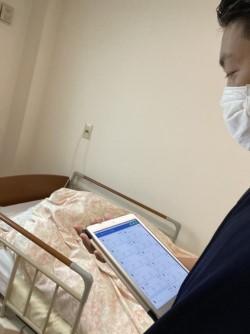
Introduced at 3 short stay locations. In the future, it will be introduced in group homes.
On-site voice
"It's good that you can easily check from the tablet whether you're asleep or awake on the bed." I raised my voice. In addition, when referring to the sleep data of users who self-reported that they were not sleeping at all, they actually got enough sleep at night, so they were able to prevent unnecessary care during the day.
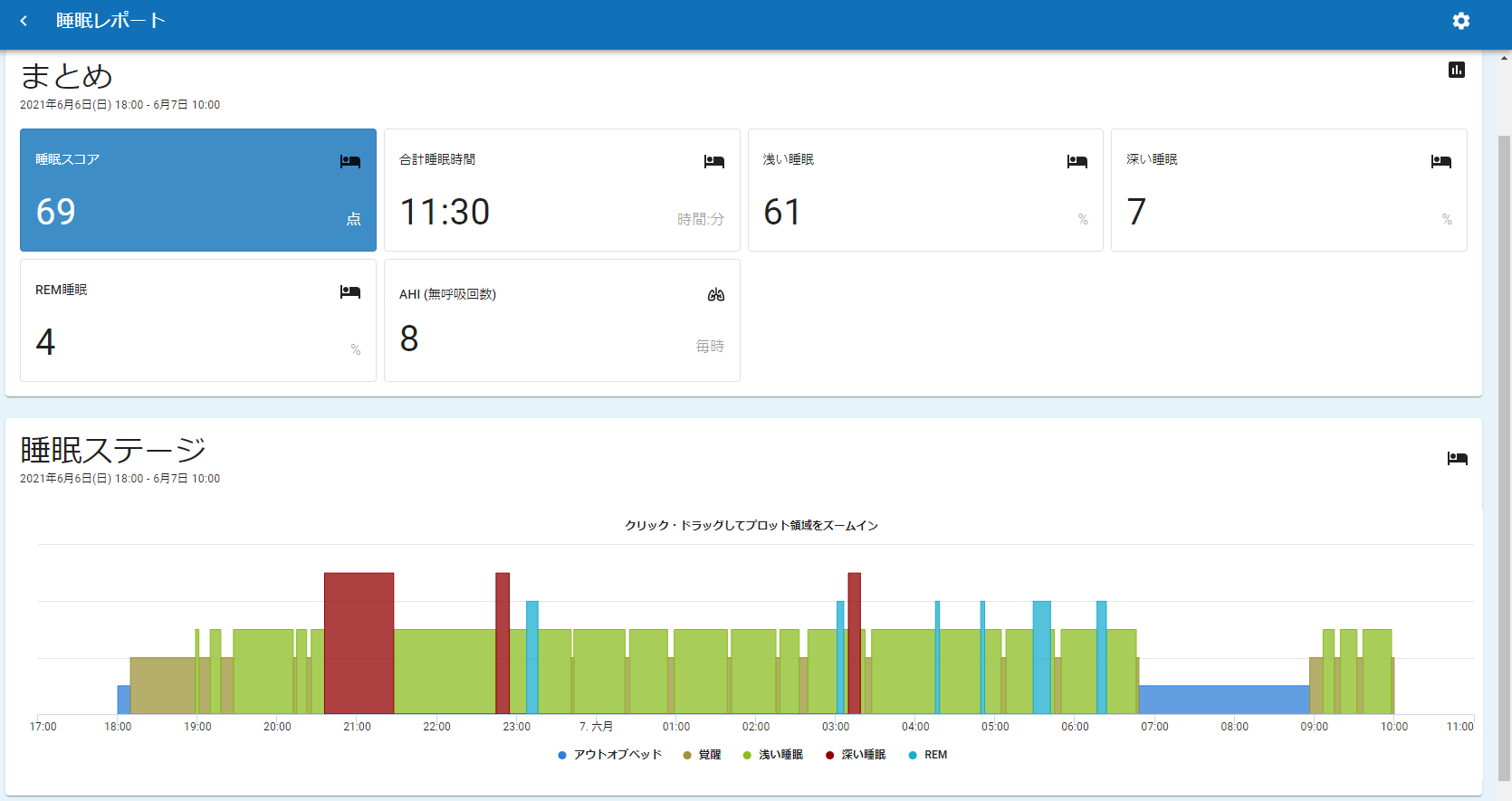
How long did it take you to master it?
All three facilities made a positive decision, and in about a month or so, I think they were able to realize the effects of the scheme as a daily work. The understanding of the center director and care manager was smooth, but it took time to spread to part-time staff.
About introduction in GH.
It will be introduced for the end-of-life care of the elderly with dementia. We would like to use the system to visualize the reason for the day-night reversal and the correct decision to solve it by visualizing whether the user who has reversed the day and night is sleeping soundly on the bed.
What are your future prospects?
I realize that night shift work is difficult work, but I think it can be made psychologically easier since it is usually when the users are sleeping. If we can visualize which facilities are having problems with the pre-sleep flow, and which facilities are doing well, we will be able to deliver the ideal sleep to users, so we will continue to collaborate with Macnica on this project. I would like to proceed.
Elderly housing newspaper interview article
This content is also published on the elderly housing newspaper online site.
https://www.koureisha-jutaku.com/newspaper/synthesis/pr_macnica202106/
trial package
We offer a trial package.
We have included a "set of necessary equipment" such as a mobile router and a WiFi repeater so that you can evaluate even at your facility where there is no WiFi environment or is unstable, so please apply if you are interested.
Click here for details

